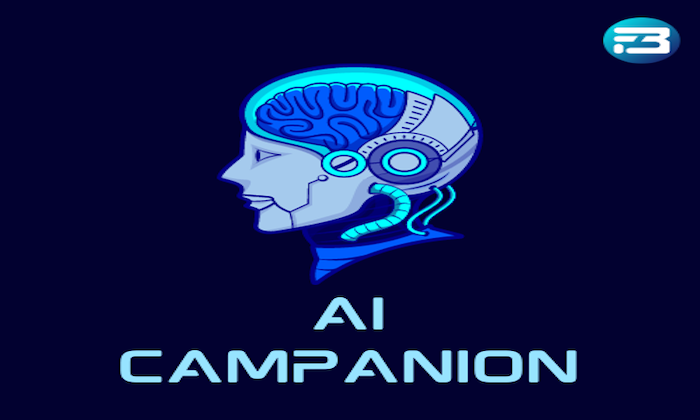How do annotation errors affect ASR performance?
Annotation Errors
ASR
Performance
Annotation isn't just an auxiliary step in dataset preparation-it’s how AI models learn. In the context of Automatic Speech Recognition (ASR), annotations define the ground truth that models are trained and evaluated against. Even minor annotation errors can introduce significant noise into the training process, leading to performance degradation, increased bias, and reduced model trustworthiness.
So, what exactly goes wrong when annotations are flawed?
It starts with misalignment. If a transcript doesn’t match the audio timing accurately, say, it’s off by a few seconds model fails to learn the correct mapping between spoken words and their text representation. Over time, this leads to compounding inaccuracies, especially in time-sensitive tasks like diarization, transcription, or dialogue segmentation.
Incorrect speaker labeling
If an agent's speech is mistakenly tagged as the customer's (or vice versa), the model may misidentify speaker turns or struggle with speaker-specific behaviors. This not only affects ASR but also downstream tasks like speaker diarization, sentiment analysis, and role-based response automation.
Emotion and sentiment tagging errors
This can distort a model’s ability to detect dissatisfaction or escalation cues. Imagine a model trained on mislabeled “neutral” tones where the actual emotion was frustration; it will learn to misclassify critical real-world signals, reducing customer service quality and automation reliability.
Poor segmentation
Such as lumping multiple speakers into one or splitting a single thought unnaturally disrupts the flow of dialogue modeling. It confuses models about where sentences begin or end, impacting tasks like punctuation restoration, intent extraction, and conversational summarization.
At FutureBeeAI, we treat annotation quality as a first-class priority.
Here’s how we mitigate these risks:
- Multi-pass QA workflows where each annotation is reviewed at multiple stages by different annotators
- Cross-linguistic and cross-domain validation to ensure consistency across languages and business scenarios
- Strict annotation guidelines enforced through custom-built instruction sets, use-case-specific tagging conventions, and edge-case documentation
We also deploy an automated quality control mechanism to catch inconsistencies in labeling patterns, transcription drift, and timestamp errors. These systems flag anomalies for human review, creating a feedback loop that improves both current and future annotation batches.
In ASR, quality data equals quality output. Annotation errors aren’t just minor defects; they shape the behavior of your AI in ways that are hard to correct after deployment.
FutureBeeAI delivers annotation workflows that build trustworthy models from the start-so your ASR system performs not just accurately, but intelligently.
What Else Do People Ask?
Related AI Articles
Browse Matching Datasets
Acquiring high-quality AI datasets has never been easier!!!
Get in touch with our AI data expert now!








